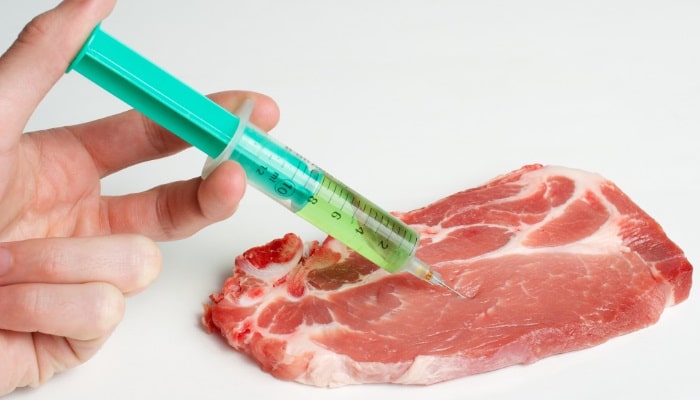EFSA has published its
report on 2017 results from the monitoring of veterinary medicinal product residues and other substances in live animals and animal products.
A total of 708 880 samples were checked by 28 Member States. The non-compliance rate for 2017 was 0.35%, comparable to the previous 10 years (0.25% - 0.37%).
The presence of unauthorised substances and residues of veterinary medicinal products in food is a risk factor for public health.
Three main European texts govern the rules applicable to veterinary residues and prohibited substances:
- Regulation (EU) No 37/2010establishes maximum limits for residues of veterinary medicinal products in food-producing animals and animal products.
- Regulation No 396/2005 sets maximum residue limits for pesticides in food and feed of plant and animal origin.
- Directive 96/23/EC lays down measures to monitor certain substances and their residues, mainly veterinary medicinal products, in live animals and animals products.
The products analysed in 2017 are as follows: bovines, pigs, sheep and goats, horses, poultry, rabbits, farmed game, wild game, aquaculture, milk, eggs and honey.
For group A:
- No non-compliant samples were reported for stilbenes and derivatives (A1).
- For antithyroid agents (A2), there were 0.42% non-compliant samples, all for thiouracil, most likely due to feeding diets rich in cruciferous plants.
- In the group of steroids (A3), non-compliant samples (all for anabolic steroids) were found in bovines (0.28%), pigs (0.11%) and sheep and goats (5.77 %). For corticosteroids, non-compliant results for authorised substances were reported under ‘other pharmacologically active substances’ (B2f).
- In the group of resorcylic acid lactones (A4), 0.17% of the samples were non-compliant for zearalanone and derivatives; the non-compliant samples were found in bovines (0.29%), sheep and goats (1.23%) and horses (0.97%).
- For beta-agonists (A5), there were 0.02% non-compliant samples in total, all reported for bovines.
- Prohibited substances (A6) were found in 0.03% of samples. Substances identified were. The substances identified were chloramphenicol, nitroimidazoles and nitrofurans.
For group B:
- For antibacterials (B1), 0.26% of samples were non-compliant. The highest frequency of non-compliant samples for antibacterial agents was observed in honey (0.83%)
- In group B2 (other veterinary drugs), the highest proportion of non-compliant samples was found for NSAIDs (non-steroidal anti-inflammatory drugs) (0.27%). Non-compliant samples were reported across the different species as follows; 0.05% for bovines, 0.06% for sheep and goats, 0.66% for horses, 0.06% for pigs and 0.96% for milk.
- In Group B3 (other substances and environmental contaminants), cadmium, lead, mercury and copper had the highest overall percentage of non-compliant samples (4.69%).
Please note that our laboratory has developed an innovative method for the analysis of veterinary medicinal product residues on a number of chemical families unrivalled in France.
The Phytocontrol laboratory is thus able to detect and quantify a large list of veterinary medicinal product residues using a high-performance HPLC-QTOF technique, supplemented with LC-MS/MS, in a package that also includes Chloramphenicol.
For any technical, pricing or regulatory information, do not hesitate to contact us.





